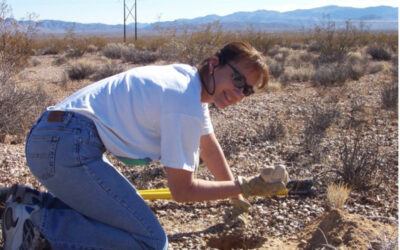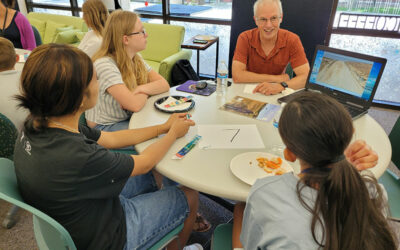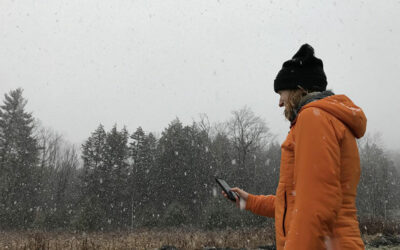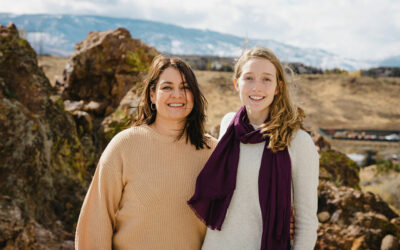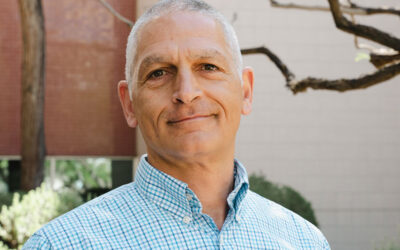The Nevada State Legislature has unanimously passed a measure aimed at funding a statewide cloud seeding project. The appropriation of $1.2M over two years will be allocated to DRI for its multi-location cloud seeding research and operations.
Lynn Fenstermaker: Celebrating a Career in Ecological Remote Sensing and NASA Space Grant Leadership
Lynn Fenstermaker, Ph.D., recently retired from DRI after 32 years. She studied large-scale questions about environmental stressors.
Spring Sunny Heat Waves Caused Record Snowmelt in 2021, Adding to Severe Water Supply Impacts Across the Western U.S.
DRI researchers examined the role of spring heatwaves on the snowmelt rates of mountain snowpacks across the West.
Tim Minor: Celebrating a Career in GIS and Remote Sensing
Tim Minor, M.A, recently retired from DRI after 31 years. His successful career as a geographic information systems (GIS) and remote sensing scientist brought him to DRI in 1991.
Nevada NASA Programs appoint new Project Director, Dr. Eric Wilcox
Nevada NASA EPSCoR and Space Grant Consortium announced the new Project Director, Dr. Eric Wilcox, DRI research professor of atmospheric science.
Successful Citizen Science Weather Tracking Effort Goes National, Receives Three Additional Years of Funding From NASA
Researchers from Lynker, DRI, and UNR are partnering with community observers to track winter storms activity through Mountain Rain or Snow.
DRI Recognizes Lily Hahn as the 2022 Peter B. Wagner Memorial Award-Winner for Women in Atmospheric Sciences
The 24th annual Peter B. Wagner Memorial Award for Women in Atmospheric Sciences has been awarded to Lily Hahn.
DRI Welcomes Emily McDonald-Williams as STEM Education Program Manager
Desert Research Institute (DRI) is excited to welcome Emily McDonald-Williams as its STEM Education Program Manager.
Save Red Rock Partners with DRI to “Make it Rain” in Red Rock Canyon
Save Red Rock is partnering with DRI to fund a cloud seeding program which will augment precipitation in the Spring Mountains, helping to replenish the aquifers within the Red Rock Canyon National Conservation Area.
DRI Appoints Vic Etyemezian, Ph.D., Vice President for Research
DRI is proud to announce the appointment of Vic Etyemezian, Ph.D., as the institution’s vice president for research, effective July 1, 2022.

